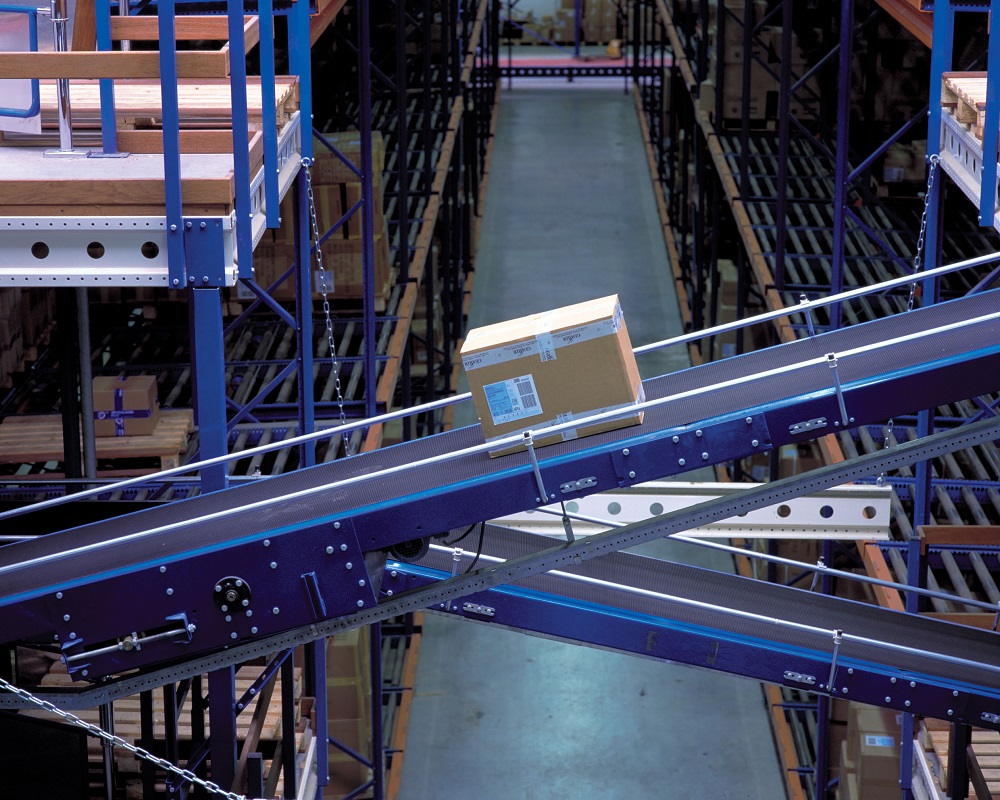Induct Signal System Promises Busy Uncongested Belt Conveyors
14th November 2018

UK lighting and signal solutions provider i-vision has developed a stand-alone modular induct signal system to improve sortation processes. The company says the product can be easily added to existing conveyor parcel systems. The Wales-based company claims its Linduct systems improves line and delivery efficiency, boosting efficiency of parcel sorting via smooth and synchronised load and scan processes.
The system aims to ensure belt conveyors remain busy but never congested. The G20 system is a smart LED signalling device synchronised with throughput volume and, says the company, gives an effective payback on investment whilst being simple to integrate and affordable. The system consists of a programmable controller, a signal luminaire and a mounting frame. The LED signal aids operatives to time their induct of parcels onto the conveyor arrangement that will improve efficiency of the sortation process. The design process included ensuring that the signal system is both helpful and non-intrusive to operators. The Linduct control system can also cater for remote set up, operation and indeed data logging of the operation. Process control functions include:
• Smart Mode: By just entering Number of shipments, shift time and number of ‘loaders’ the system will calculate the ideal cycle rate for the induct process
• Manual cycle Mode: By entering a calculated time for both load and scan times, that is a cycle with differing load or scan frequency
• User Log in Each user will require a login name and password
• Pause: During operation, the shift manager will have the option to ‘pause’ and restart the program in case of issues on the line
• The systems are modular and can be set up as individual line operation or as a master and slave configuration if synchronising of loading is required
The system is modular and simple to install. Construction is based on a lightweight sturdy alloy frame that incorporates both the signal unit and control system. Operational running costs are very low, claims the company.

